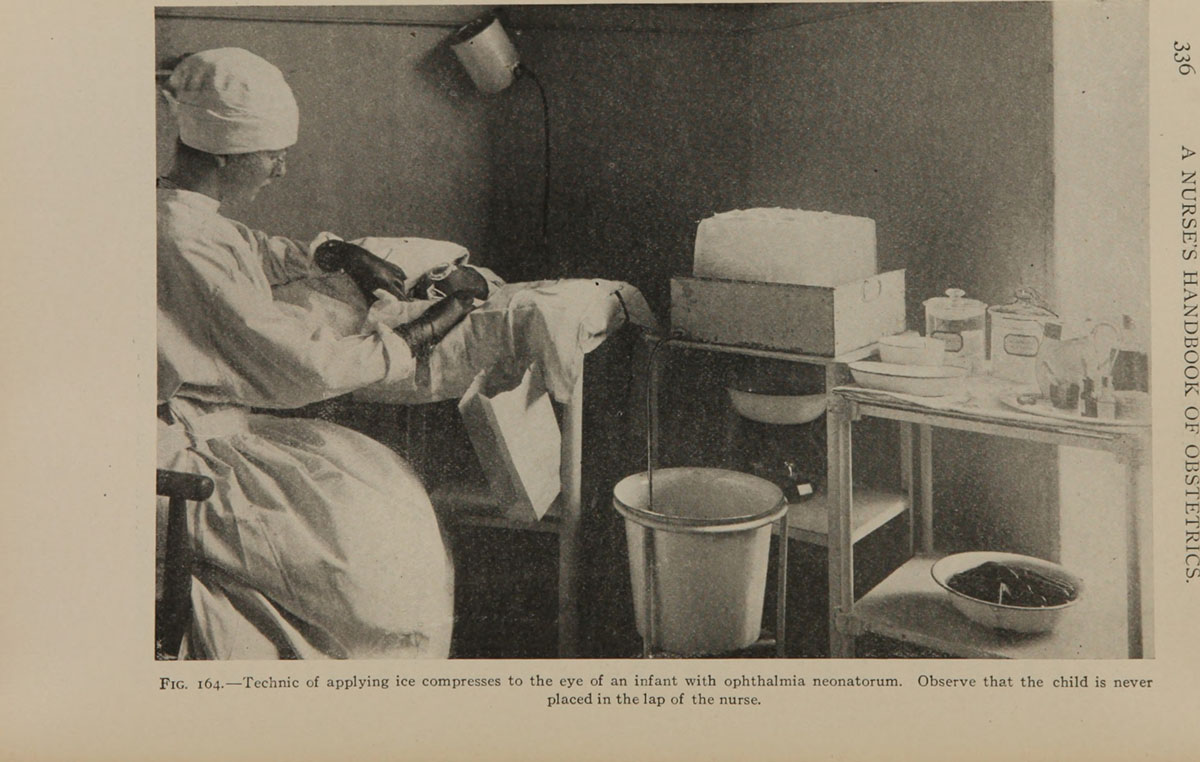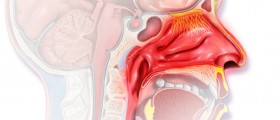
Lid infection, medically known as blepharitis represents an inflammation of the eyelids, to be more precise the eyelash follicles that are located along the edge of the eyelid. The onset of lid infection is acute and in many cases the inflammation may resolve without any treatment within 2 to 4 weeks. However, the inflammation may also become chronic and cause serious and long standing difficulties.
Causes of Lid Infections
Lid infection usually develops as a consequence of an overgrowth of bacteria that are normally found in the skin. Apart from that lid infection may be associated with seborrheic dermatitis or develop due to excessive growth of bacteria that are not normally found on the skin. One more potential cause of blepharitis is an allergy to certain substances. Furthermore, lid infection may develop due to lice infestation.
Clinical Characteristics of Lid Infection
Inflammation of the eyelids typically leads to swelling of the eyelids, reddening, increased crusting and itchiness. The person commonly complains about burning sensation and may have gritty sensation of the eye. The vision can be significantly reduced. And finally, one may develop increased sensitivity to light.
Treatment and Management of Lid Infection
The most important thing when it comes to lid infection is a daily routine of lid margin hygiene. Not only must the hygiene be maintained during inflammation but one must also maintain hygiene of the eyelids for the rest of his/ her life in order to prevent relapse of the condition.
This specific lid margin hygiene includes softening of the lid margin debris and oils, mechanical removal of lid margin debris and antibiotic reduction of lid margin debris. Softening of lid margin debris and oils is achieved by warm wet compresses. Mechanical removal of lid margin debris is achieved with a soap or non-burning baby shampoo. They are gently rubbed along the lid margins while eyes are closed. After proper cleaning of the eyelids small amount of prescribed antibiotic ophthalmic ointment is spread with finger tip along lid fissures while the eye is closed. During the treatment patients must not use eye make-up.
Patients suffering from lid infection are commonly prescribed topical anti-inflammatory medication like sulfacetamide or brief courses of mild topical steroids.
In case the previously mentioned treatments do not provide with desirable results patients may be sent for allergy testing. Allergy is one potential cause of lid infection and if it is confirmed one is prescribed ocular antihistamines. For example, allergies response to dust mite effects and other allergens may be responsible for lid inflammation, ocular irritation and dry eyes. Fortunately, ocular antihistamines successfully deal with the inflammation of lids caused by a variety of allergens and eliminate all the symptoms of the disease.

















Your thoughts on this
Loading...